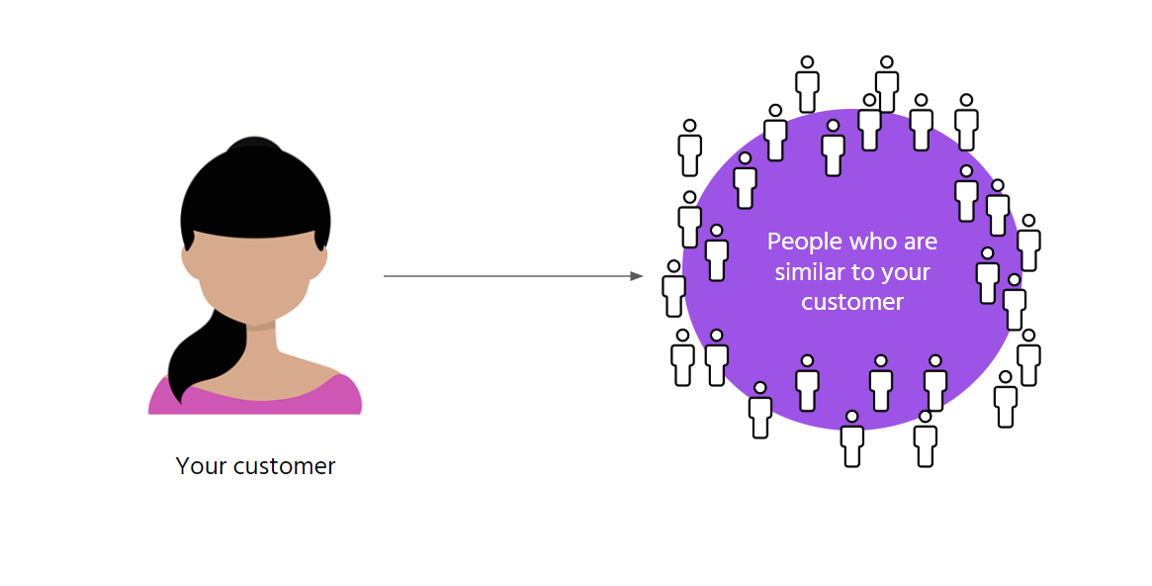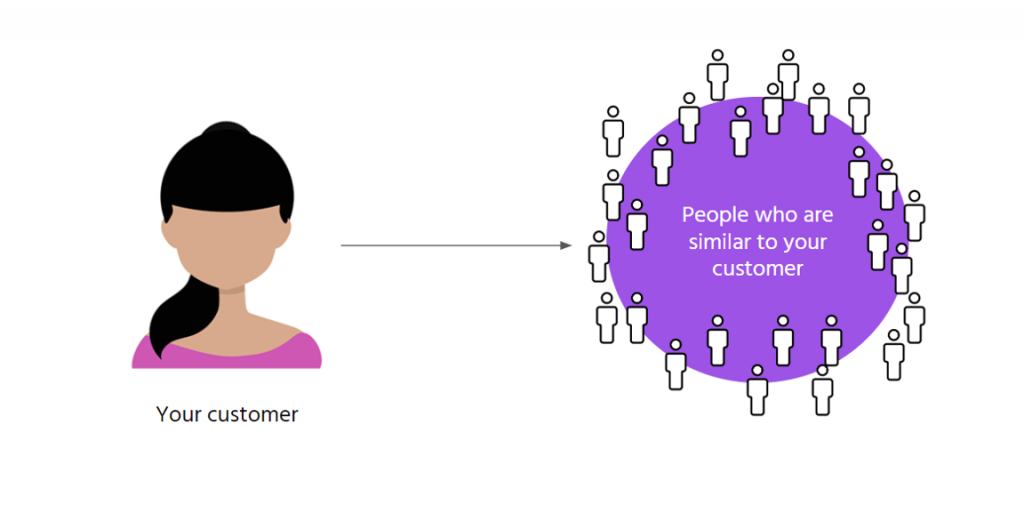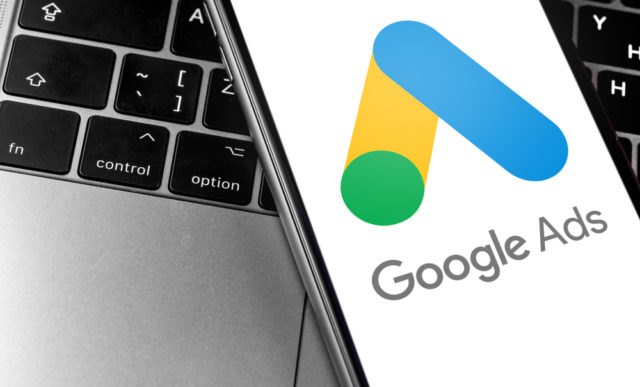Google has been working hard to help us better target people in a smarter way. If you’re familiar with the principle of remarketing, the technique that allows you to reach people who have previously visited your site, then Google’s similar audience tool helps expand this by reaching people who have similar search behaviour to your existing list of customers who haven’t necessarily visited your site before.
How Do Similar Audiences Work?
The first thing to note about this is that for similar audiences to work well, you need to base it on converted users: users who have bought from you or enquired with you. By creating an audience list of these specific users, Google can then analyse the behaviour of those users, and search for other users that exhibit similar behaviours.
A key attribute to this is that these behaviours are constantly being updated and users will only go onto the target list for 24 hours. To remain on the list, the user needs to be constantly demonstrating the required behaviours that earn a place on the list, and without these behaviours, they are removed. This results in a super-relevant list that gets updated in real-time based on user activity.
The similar audience list will also get updated as more customers complete goals that put them onto the list. Therefore, the longer you run with similar audiences, the more accurate it gets at finding the right users to target.
Why Use Similar Audiences?
Similar audiences form part of the mid-funnel of the buying journey. It helps you to target users that demonstrate similar behaviour to your customers who actually buy from you, so it will help drive more traffic through to your site to get new customers, whilst simplifying the way the audience list is created. The key benefits are:
- Scale: You can reach an audience that is on average five times greater than your remarketing lists. You also have access to 94% of internet users across the Google Display Network (GDN) and YouTube.
- Simplicity: Lists are automatically created and campaigns can be completed in minutes. You also gain insight into the level of similarity for each list.
- Data and Algorithms: Similar audiences optimises for “near-term” browsing behaviour.
- Performance: Similar Aadiences works well with automated bidding, and accounts can see improvements in remarketing campaigns as well.
Things to Avoid When Using Similar Audiences
The main thing to avoid is creating a similar audience based on all users of your site. This will simply get more people to your website but without a focus on converting. Similar audiences is designed to take your converted users and find more of them, so make sure that the list you create is based on converted users.
Tips on Refining Your Lists
You can take this to the next level and make your lists even more specific. Here are a couple of tips on refining your main list to ensure it performs well for you:
- Category: If you sell clothes (men’s, women’s and children’s clothes for example), then you can create a list of users that converted buying women’s clothes only. The more targeted you can be (without overly narrowing the list down), the quicker that Google can start to learn who will convert best for you.
- Conversion Value: If you are an ecommerce company, look at taking your highest value customers onto the list. This could help you find better-converting users; although again, be sure not to restrict your list too much!
Want help with your PPC campaigns? Get in touch with our team of experts today.


